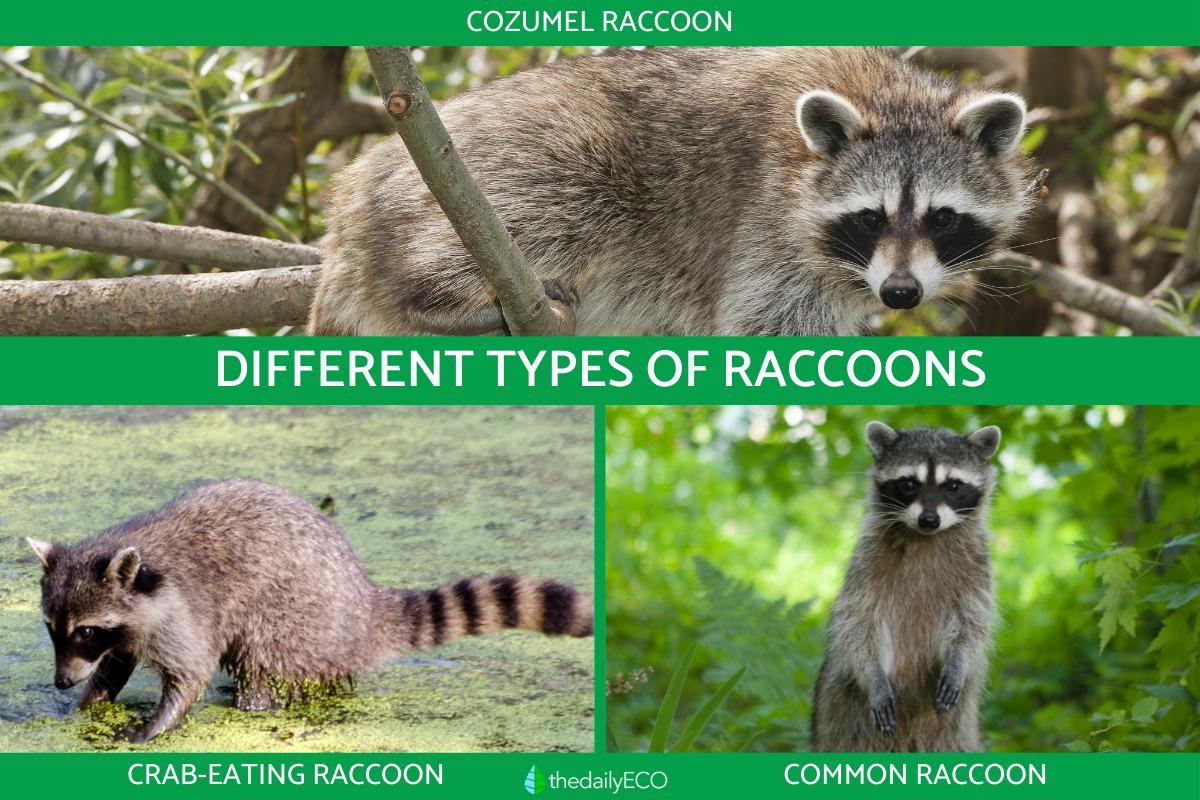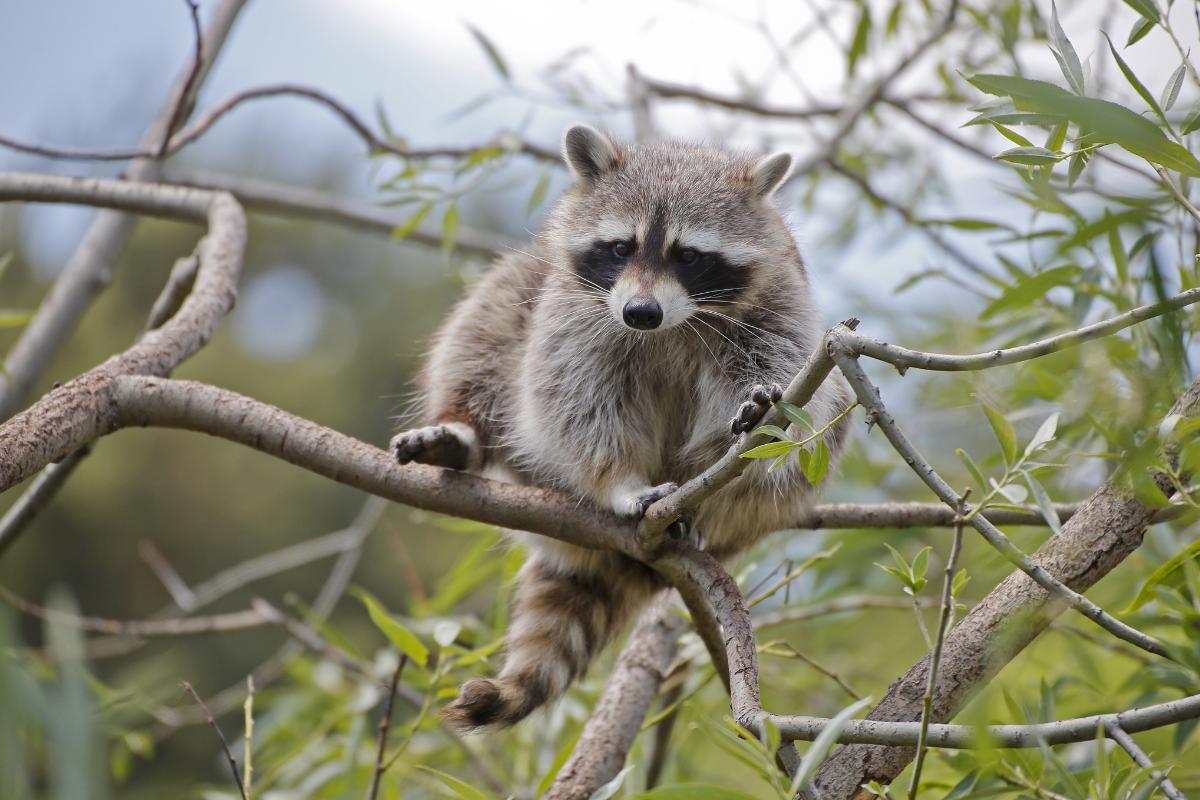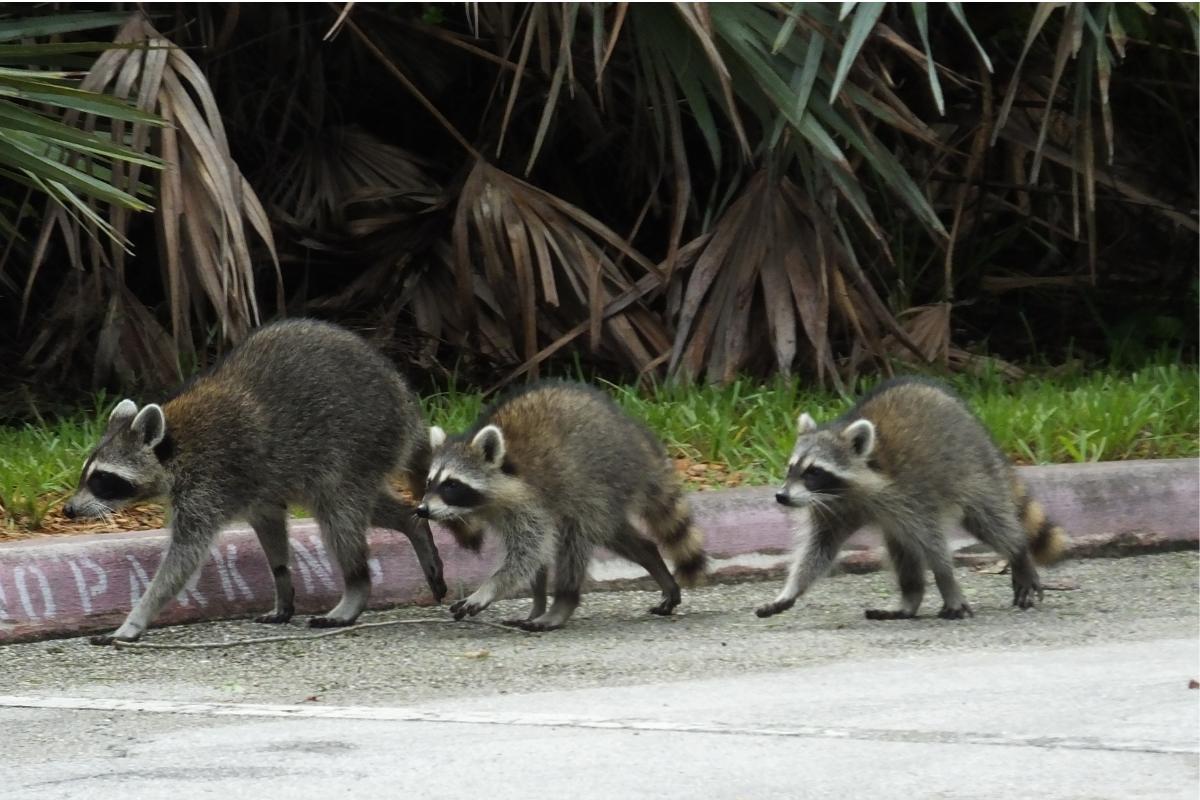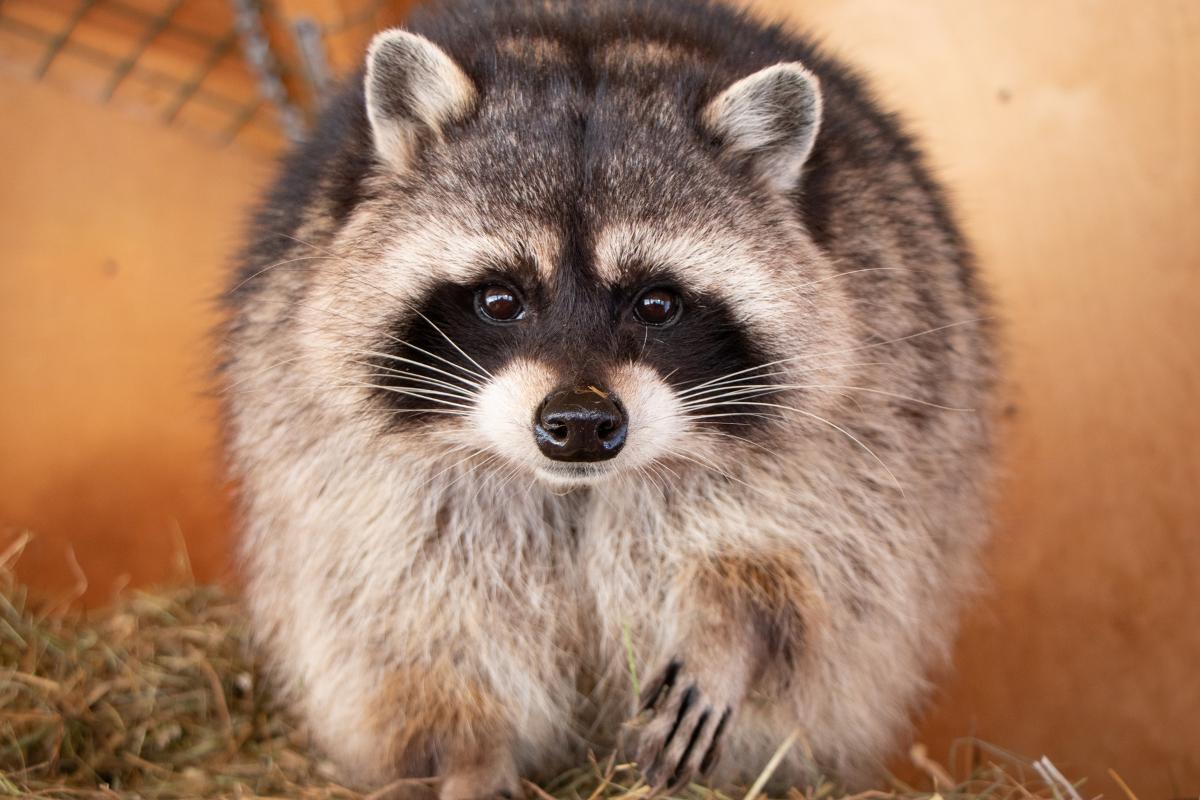Different Types of Raccoons


While we refer to the common raccoon (Procyon lotor) simply as the raccoon, this is a name which can apply to any member of the Procyon genus. While they differ in terms of distribution, markings and other characteristics, they have many similarities. These include their distinctive paws which have thumbs and allow them to manipulate objects much better than many similar-sized mammals. There are three recognized members of this genus. In addition to the common racoon, there are the Cozumel raccoon (Procyon pygmaeus) and the crab-eating raccoon (Procyon cancrivorus). thedailyECO presents the 3 different types of raccoons with photos.
Cozumel (Procyon pygmaeus)
Also known as the dwarf raccoon and the pygmy raccoon, the Cozumel raccoon is found exclusively on the Mexican island of Cozumel. This island off the Yucatan Peninsula is home to a rich biodiversity and is similarly geographically diverse. The Cozumel raccoon has adapted to this terrain by inhabiting various habitats, including wooded areas such as tropical rainforests and temperate forests. They prefer lots of vegetation to protect from predators.
In terms of diet, the Cozumel raccoon is a true omnivore. They’ll eat pretty much anything they can grab with their agile paws. They particularly consume insects such as ants, termites and beetles, with other invertebrates such as snails, worms and spiders also being part of their staple diet. They also love fruits and nuts, but they will even go after small vertebrates, such as frogs, lizards, small mammals and birds.
The mating season for the Cozumel raccoon varies according to location. During this period, males become highly competitive. After about 63 days of gestation, the female gives birth to a litter of 2 to 4 young. These young are altricial, meaning they are born with their eyes and ears closed. Known as kits, they are completely dependent on their mother. For the first few months, the young remain close to the mother in her burrow, which is usually in a hollow tree or at the base of a fallen tree.
As impressively adaptive as they may be, the Cozumel raccoon is also seriously endangered. With a population estimated at fewer than 250 mature individuals in the wild, these little guys are really struggling to survive. The IUCN considered them ‘critically endangered’. This is largely due to the human presence on the island, especially thanks to tourism. Much of their habitat has been destroyed to building of tourist properties.
Learn more about similar types of mammal with our article explaining the difference between the raccoon and the badger.

Crab-eating raccoon (Procyon cancrivorus)
The next type of raccoon species on our list is the crab eating-raccoon (Procyon cancrivorus). Also known as the southern raccoon or South American raccoon, this is a fascinating species that inhabits the tropical and subtropical regions of Central and South America.
Although the crab-eating raccoon shares certain physical characteristics with its northern relatives, this raccoon has distinctive features that make it unique. Its fur is not as thick as that of other raccoons, giving it a slimmer and smaller appearance. Its sharp claws and climbing ability make it an expert hunter in the forests and swamps where it lives. Its omnivorous diet includes a wide variety of foods, ranging from crabs and small amphibians to nuts and fruits.
Unlike North American raccoons, crab-eating raccoons have a wider distribution, extending from southern Central America to central Argentina and northern Uruguay. Although there are records of its presence in several Argentine provinces, there is still much to learn about its ecology and behavior in the wild.
What is known is that this type of raccoon is a solitary and nocturnal species. They spend the day resting in burrows in hollow trees. Its reproduction is also unique, with a gestation period of 60 to 75 days, after which they birth litters of 2 to 7 kits. The young remain with the mother for up to 8 months, reaching sexual maturity at around one year of age.
All types of raccoon are plantigrade animals, referring to their paw conformation and how they interact with the ground. Learn more with our article on examples of plantigrade animals.

Common raccoon (Procyon lotor)
The final type of raccoon we share is the most populous. Also known as the northern raccoon or, simply, raccoon, the common raccoon (Procyon lotor) is native to North America. They are a mainly arboreal animal, often running to the trees so they can hide from potential predators. Despite preferring wooded areas, they have been developing in areas with more sparse tree concentrations, although they will need some trees.
The most well-known raccoon species, the common raccoon is also the one which most often interacts with humans. These friendly animals have successfully adapted to a wide variety of habitats, from forests to urban areas. They have become frequent visitors to many homes, often using their dexterous paws to open trash cans.
In some regions of Canada and the United States, raccoon populations have increased significantly. This has resulted in many considering the raccoon a pest in certain areas. In rare cases, they have even been raised as pets, especially those that have already become accustomed to urban life. However, it is important to know they are not a domesticated animal and need very specific care to be able to tolerate life in captivity.
One of the most distinctive features of this raccoon is its black facial mask, which gives it a mischievous and curious appearance. Its dense, ringed fur on its tail also makes it unmistakable. These opportunistic omnivores feed on a wide variety of prey, from small rodents and birds to crabs, fruits and grains. Their ability to exploit different trophic resources has allowed them to thrive in a wide variety of habitats, from gallery forests to peri-urban areas.
In terms of reproduction, raccoons have a polygynous-promiscuous system, with males visiting females during the mating season. The offspring contains between 1 and 7 kits per litter. They are raised alone by the females and reach adult size before their second year of life.
Although there are only 3 species in total, the common raccoon has different subspecies. These are often grouped according to location, but they also have distinctive markings and other traits to differentiate them. These subspecies of common raccoon include the following:
- Florida raccoon (Procyon lotor elucus)
- Bahaman raccoon (Procyon lotor maynardi)
- Guadeloupe raccoon (Procyon lotor minor)
- Tres Marias raccoon (Procyon lotor insularis)
- Barbados raccoon (Procyon lotor gloveralleni)
- Jalisco raccoon (Procyon lotor shufeldti)
- Eastern raccoon (Procyon lotor hirtus)
- Western raccoon (Procyon lotor psora)
- Mexican raccoon (Procyon lotor mexicanus)
Now you know all the different types of raccoons in the world, you may want to learn about another intriguing animal with our article asking is the platypus a mammal or bird?

If you want to read similar articles to Different Types of Raccoons, we recommend you visit our Wild animals category.
- Cirignoli, S, & Varela, D. (2019). Procyon cancrivorus. In: SAyDS–SAREM (eds.) 2019 Categorization of Argentine mammals according to their risk of extinction. Red List of Argentine mammals.
http://cma.sarem.org.ar. - Markham SOS Wildlife Control. (2018). What Are the Different Types of Raccoons in the World and What Do We Have in Toronto?
https://www.markhamwildliferemoval.com/different-types-of-raccoons-in-the-world/ - De Villa-Meza, A., Ávila‐Flores, R., Cuarón, AD, & Valenzuela‐Galván, D. (2011). Procyon pygmaeus (Carnivora: Procyonidae). Mammal Species, 43, 87–93.








